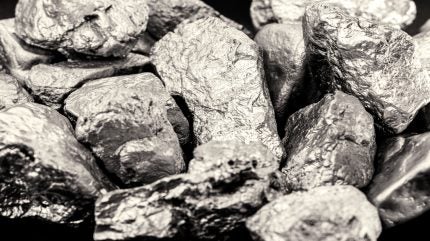
The International Tin Association has indicated that tin shipments from Myanmar’s Wa State are expected to resume in the coming months, following a suspension that has lasted nearly two years, reported Reuters.
This development comes amid speculation by traders that mining activities will recommence, which has already influenced global tin prices.

Discover B2B Marketing That Performs
Combine business intelligence and editorial excellence to reach engaged professionals across 36 leading media platforms.
Myanmar is recognised as the world’s third-largest tin producer, with Wa State accounting for 70% of the country’s tin exports.
The United Wa State Army (UWSA), which governs much of Wa State, halted mining operations in August 2023 to conserve mining resources.
International Tin Association senior market intelligence analyst Tom Langston said: “After limited progress in recent months – with the elevated licensing fees creating a stumbling block – we understand that several operators at Man Maw have now secured three-year mining permits.”
He highlighted ongoing strict controls on the movement of equipment and personnel as factors that could still affect the resumption of shipments.

US Tariffs are shifting - will you react or anticipate?
Don’t let policy changes catch you off guard. Stay proactive with real-time data and expert analysis.
By GlobalDataYe Myo Hein, a senior fellow at the Southeast Asia Peace Institute, noted that the UWSA, associated with the ethnic Wa minority, has agreed a ceasefire with Myanmar’s military rulers.
The army maintains a force of between 30,000 and 35,000 personnel, equipped with modern weaponry primarily from China, he added.
On Wednesday, tin prices fell by 1.6% to $32,775 per tonne on the London Metal Exchange, marking a three-week low.
The market is also being impacted by rising London Metal Exchange tin inventories, which have increased by a fifth this year and are at their highest level since August 2021.
In June, Chinese-backed militia took control of new rare earth mines in the Shan state in eastern Myanmar.
China, the leading processor of heavy rare earths, depends on Myanmar for raw materials to produce critical components such as wind turbines, medical devices and electric vehicles.





